SUMMARY
This is AI generated summarization, which may have errors. For context, always refer to the full article.
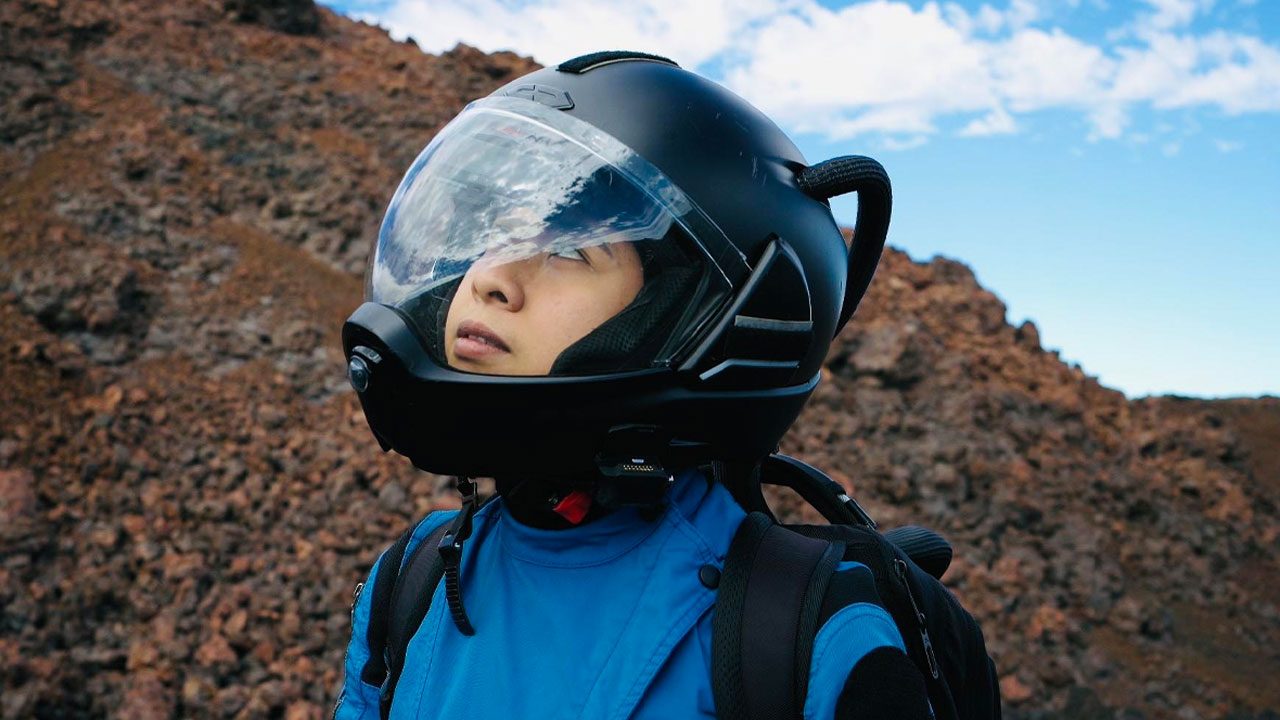
MANILA, Philippines – On the slopes of Mauna Loa in Hawaii lies one of the most famous simulation habitats in the world – the Hawai’i Space Exploration Analog and Simulation (HI-SEAS).
Located 8,200 feet above sea level, HI-SEAS is a Mars and Moon exploration analog research station built to simulate the extreme space environments in space. Recently, a Filipina nutritionist participated in a six-day analog mission at HI-SEAS.
While Kristine Atienza, 31, had been interested in astronomy and all things space since her college days, she found her first foray into the analog mission “weird.”
“Parang nasa sci-fi movie ka,” she said. (It’s like you’re in a sci-fi movie.)
In an interview with Rappler, she described the surreal experience of seeing nothing but the rugged terrain against the jarring image of a small white dome. The dome, or the HI-SEAS habitat, can house six analog astronauts at most who have to live on fixed schedules and perform various experiments.
An analog astronaut is someone who simulates a deep space mission on Earth.
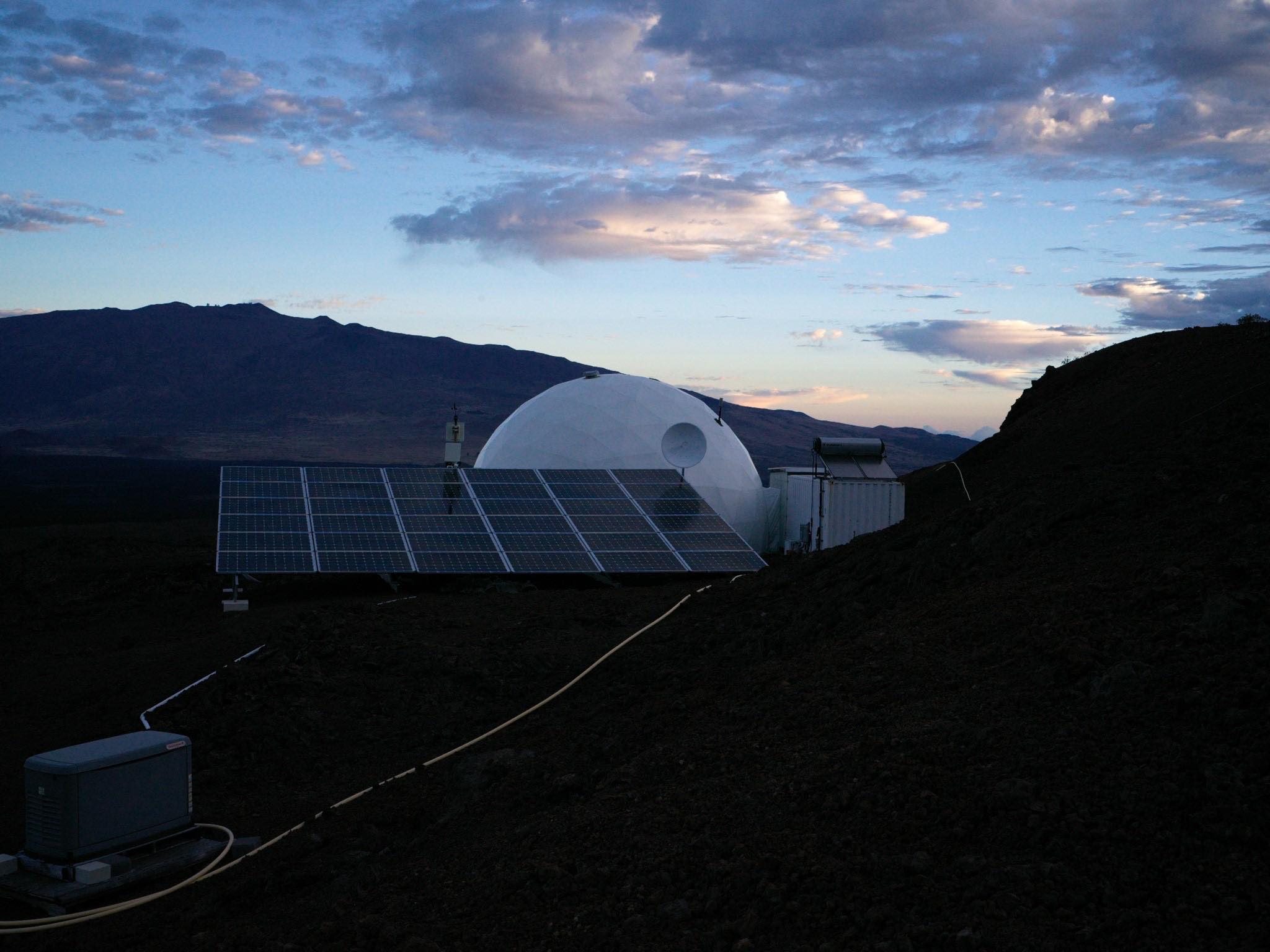
6 days in space
For six days, their crew had to follow a schedule that included daily surveys on group dynamics given by investigators from the mission control, exercise, and extravehicular activities (EVA). EVAs are activities conducted outside the habitat by space-suited astronauts.
Atienza was part of a 5-member crew composed of the commander, vice commander, chief space engineer, medical officer, and nutrition specialist.
As a nutrition specialist, she was tasked to lead the cooking and preparation of food in the habitat. Her main worry was that she was the only Asian in the crew and her colleagues might not be used to the food she knows.
The habitat also didn’t have any meat stored. While it had enough rations for the duration of the mission, the habitat only carried frozen vegetables, fruits, grains, and some canned goods.
There was one day, Atienza shared while laughing, when they had to eat only rice. She prepared rice three ways: fried rice, omurice, and sushi roll. They all got thin, Atienza noted, but not because of an unhealthy routine.
“I think we lost weight because we’re not eating fast food and we’re the ones cooking. And then we’re required to exercise like hiking, going to EVAs outside, going to lava tubes. We’re also required to exercise for one hour everyday,” she said in a mix of Filipino and English.
Exploration of lava tubes is a crucial part of analog missions, as lava tubes could be a potential habitat in Mars. One of the lava tubes at HI-SEAS is named Caradhras, after one of the mountains in the lore of the Lord of the Rings.
But food was not the only resource limited in HI-SEAS but water too. Because they minimized water use, the crew didn’t take a shower for six days.
“We didn’t shower, we only used wet wipes,” said Atienza. “But we didn’t smell because it was really cold there.”
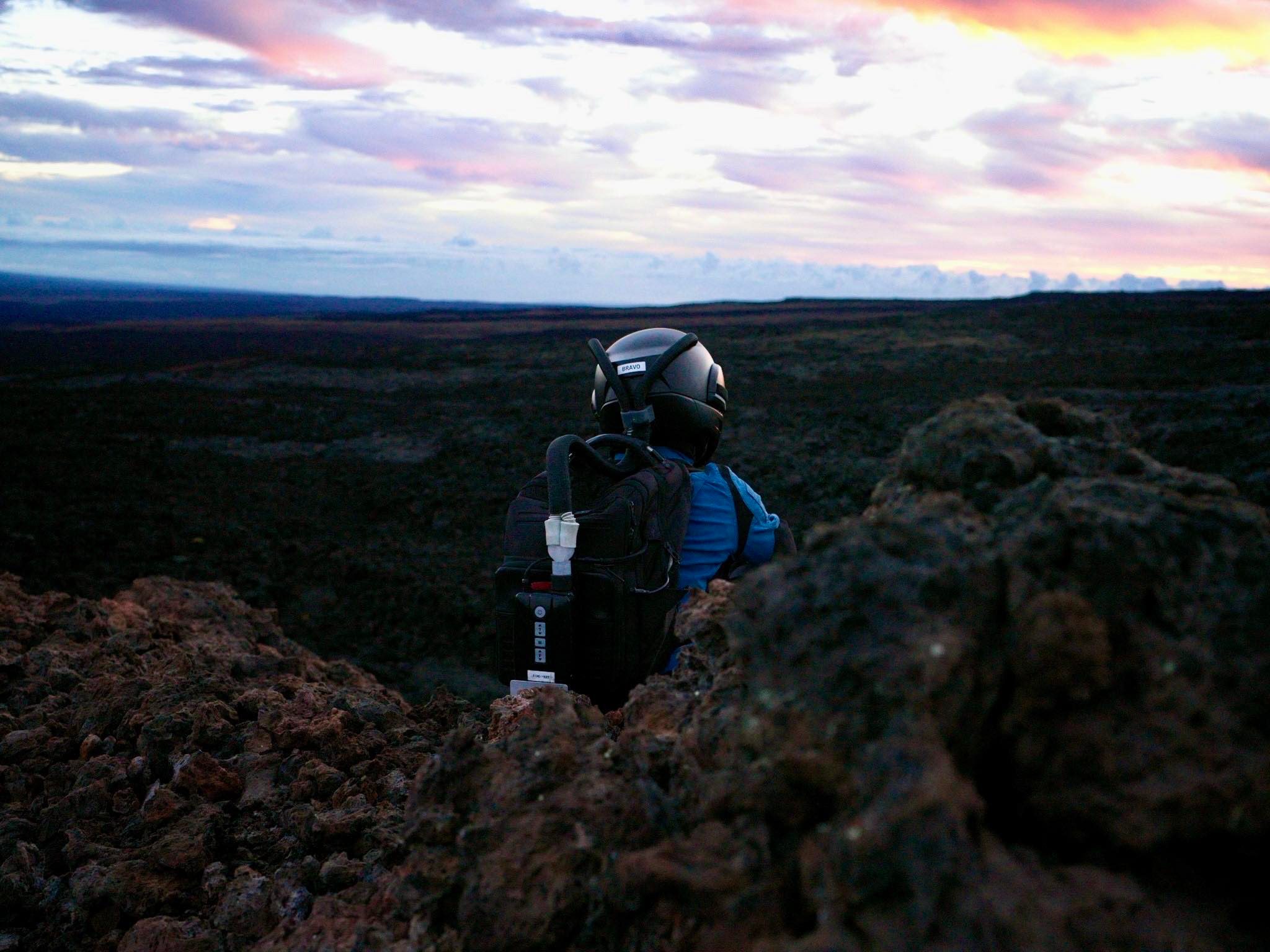
One of the biggest ironies that Atienza discovered during the mission was how space exploration could feel extremely confining. When one usually thinks of space, one pictures an expanse of land and skies, a whole realm of possibilities.
“Traveling to space, you would think it’s wide, it’s open. But in our case, we’re confined in a habitat, in a dome that doesn’t have much privacy.”
Before going out on an EVA, they had to inform the mission control center a day before, who would then check weather and other conditions.
Long way to Mauna Loa
Atienza had always wanted to be an astronomer, not an astronaut. In college, she applied and got into the Applied Physics program of the University of the Philippines Diliman. However, due to personal reasons, she shifted to the university’s community nutrition program.
“I think I doubted myself when [I was] in the program so I shifted to nutrition,” she said. “I was not really into nutrition when I was taking the course back in UP. But after I graduated, I saw the vocation.” She mainly does humanitarian work, specifically nutrition for emergencies.
But she would always find a way to marry her work and her passion for astronomy. Atienza shared that space nutrition became her entry into many opportunities, even though the concept remains a niche topic even within the community.
“Since I’m still active in astronomy, I was looking for a way to connect my passion to what I’m doing. So, I thought of space nutrition.”
Being active in the UP Astronomical Society, a student organization that promotes astronomy, gave her the opportunity to interact with other organizations and eventually, individuals from different countries interested in space nutrition.
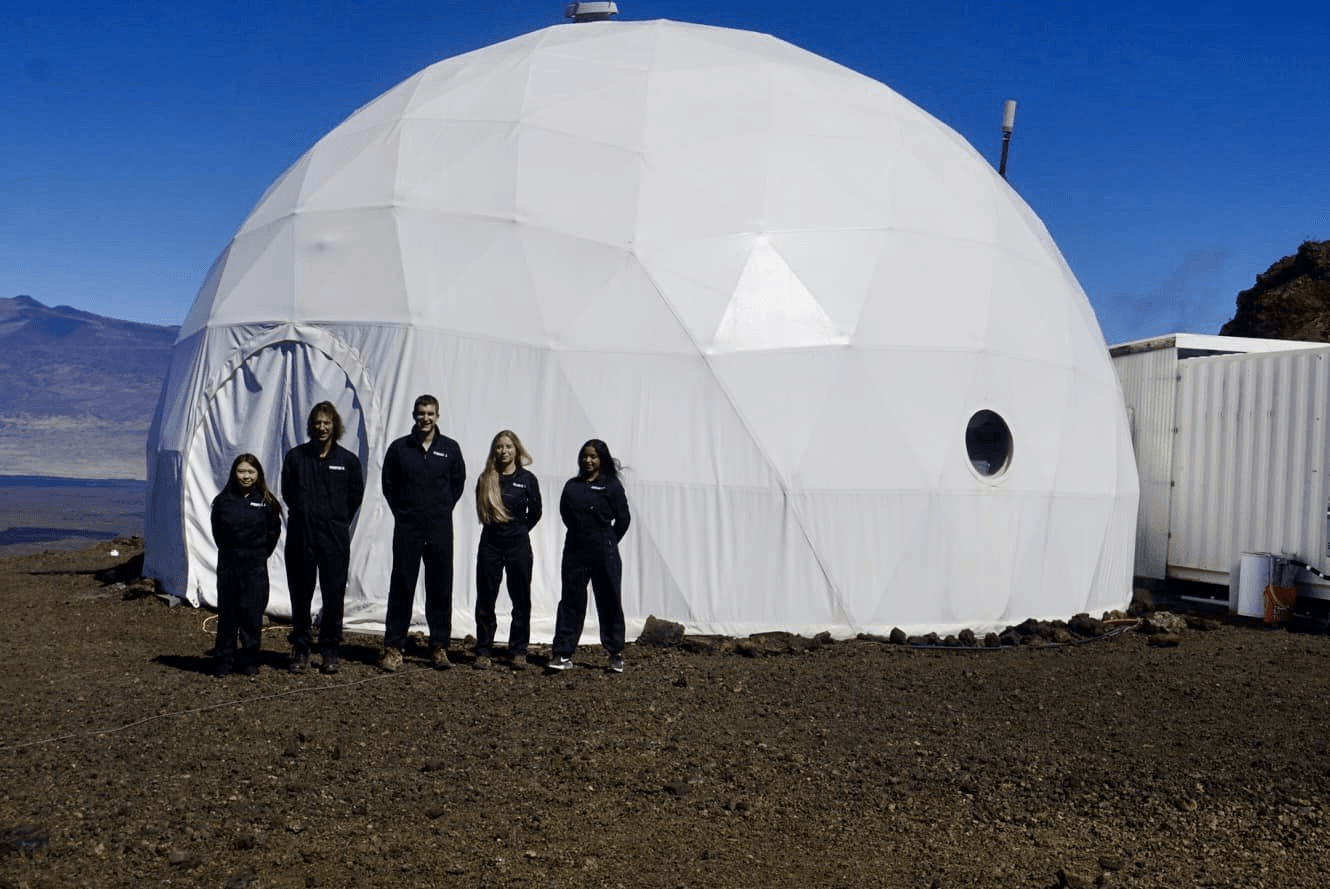
Around two years ago, Atienza formed the group Astronaut Nutrition in Isolated Confined Extreme Environments with several others from different countries.
Their objective was to “quantify the impact of diet and nutrition before, during, and after the mission on astronaut physiology and psychology.” With her colleagues in the group, Atienza proposed studies to different analog missions.
They pitched to Asclepios in Switzerland and to ICEE Space in Iceland studies that would evaluate whether analog astronauts take enough food for the physical demands of an analog mission.
But Atienza also thought about what it would feel like to be on the other side – in space.
“And then last year – I think that was only last year – when I suddenly thought, what if I became a crew member?”
She got accepted at the LunAres Research Station in Poland. But the mission was for an estimated three weeks, a long time to be away from work. Atienza had to turn it down and instead became an investigator for the mission.
Around the middle of 2023, she found another opportunity. HI-SEAS called for applicants. Atienza said she knew it was one of the most famous analog missions so she didn’t expect to get accepted.
“It was very historical because a lot of NASA analog missions used HI-SEAS habitat. So, I wasn’t expecting anything. I didn’t set expectations.”
Some time in July, she received an email from HI-SEAS asking her to take a psychological test, followed by a cognitive test. And then she was asked for her body measurements.
The rest is history.

Having just come back from Hawaii, Atienza admitted she still has to sort out her learnings from the mission. She said that there are still so many topics on space nutrition that they’ve yet to cover. Food seems mundane because we take it for granted here on Earth, she said. But in space, it’s a different situation.
Atienza said her participation in the analog mission offers a new idea for fellow Filipinos interested in space. While the country’s space program is still in its infancy, she believes Filipinos can participate in these excursions.
“I think we will be very great at it,” Atienza said. “We have great scientists out there who can do these things also.”
That she was there as a nutritionist also speaks about the widening access to these experiences, Atienza said.
“There’s something for you in space. Now, it’s not just engineers and scientists who can venture into space. It’s getting wider. We have lots of opportunities.” – Rappler.com
Add a comment
How does this make you feel?




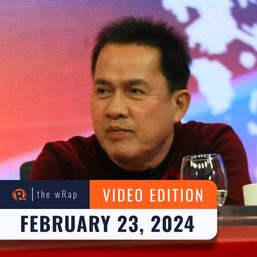
There are no comments yet. Add your comment to start the conversation.